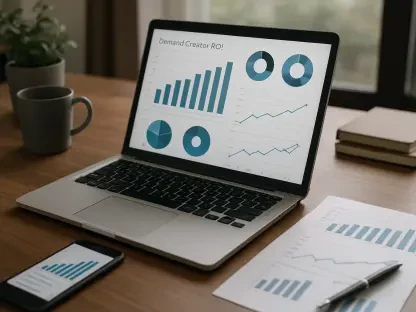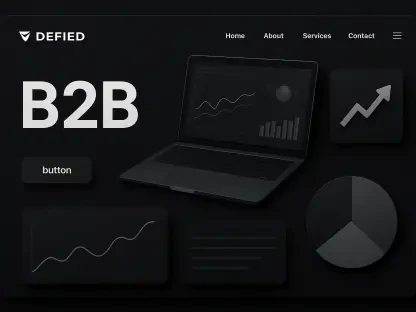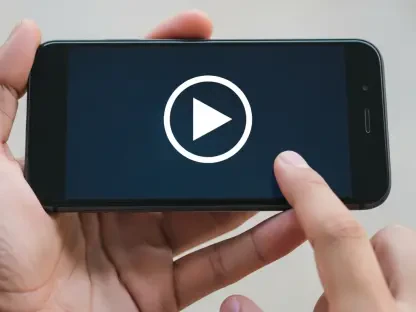The marketing world is bedeviled by uncertainty. For that reason, not only is buyer behavior overly eclectic, but also fairly risk-averse. Many prospects stick to a tried-and-true product until a newly launched one proves its value.
As marketers quickly gauge new buyer interests, they can promptly eliminate the guesswork around customer behavior with A/B testing—a randomized experiment that simultaneously compares two versions of a webpage or an app.
Suppose you’re currently mailing your newsletter to a list of 5,000 prospects. You have slightly tweaked the subject line, the visual imagery, or the greeting in order to discover which version has the greatest engagement rate. This allows you to make careful changes to your marketing materials and get better ROI from existing traffic.
Now, let’s back up a step: is this A/B test addressed to the right audience?
In this article, you’ll discover why you should carry out split tests to refine your targeting strategy, attract buyer interest, and market to your best-fit customers.
Determine Your Ideal Customer Profile
An ideal customer profile is a snapshot that contains the desirable characteristics of your target organizations, but it’s not a mere wishlist—it’s a realistic portrait of your best-fit audience. For that matter, your ideal customer profile should include a set of:
- Firmographic attributes—your target’s industry, location, company size, annual revenue, or organizational structure.
- Technographic characteristics—detailed information about a target’s technology adoption behavior or buying triggers.
Don’t assume that customer profiling is a one-and-done endeavor; one customer profile will not necessarily reflect different target organizations. Each ideal customer profile should be regularly updated—objectives shift, data decay is inevitable and, as a result, your offers may never reach the intended target.
Craft the Perfect Buyer Personas
Every buyer persona is a data-driven representation that reflects the demographics, personality traits, interests, and motivations of an individual prospect within your target organizations. This semi-fictional sketch describes who your ideal audience is. It’s a template, if you will, that is based on real people and aims to improve your understanding of each buyer segment.
A well-crafted buyer persona relies on high-quality data and a few principles that govern its use.
Golden Rule #1
Slice and dice the data you have gathered from your existing customers through surveys, heat maps, or interviews. Chances are, you’ll identify recurring behavioral patterns and commonalities that reveal:
- What is the professional background of your ideal clients?
- What triggers them to take action?
- How are they buying?
- Why are they making a purchasing decision?
- What are their obstacles to purchasing?
Use your current clients as a guideline to identify mismatched prospects, find your best-fit audience, and segment your market with precision.
Golden Rule #2
For a granular glimpse into your customer’s world, use the behavioral data collected from your A/B tests.
That’s right—A/B tests hold a goldmine of information about your most coveted targets.
Consider, for example, the launch of a new product. In this case, past experiences aren’t enough to inform the direction of your marketing goal—e.g. increasing the number of product trial signups. All you can do is put your current plan to the test and fuel your decision-making process with actual behavior data.
The basic ingredients of any testing plan are:
- The Control—the original version of a landing page that markets your new product.
- The Variation—a new version of the same landing page that gives a slightly new twist to your headline, changes the color scheme on your call-to-action button, or illustrates different product features.
Now that you have two valid samples to test, let’s move to the best part: perfecting your buyer personas.
How?
Test one variable at a time—e.g. the design layout or the written content. Display The Control (Version A) to half of your website visitors and The Variation (Version B) to the other half—simultaneously and over a specific period of time. Then, find out how people interact with your website and respond to your offer:
- What attracts quality website traffic—benefits or product features?
- Which product benefit is drawing more attention—usability or convenience?
- What is the buying motivation—prestige or fear of financial loss?
- What offer converts better—a special discount or a complimentary white paper?
- What kind of language generates action—positive, negative, or neutral?
Don’t just determine which page outperforms the other; look beyond your short-term goals (e.g. trial signups) and make smart use of your A/B tested data to know who your prospects truly are and what they expect from you.
You’ve Got the Results; Put Them to Use!
Understanding the motivations, behaviors, and attitudes of your prospective customers allows you to get a more accurate picture of your specific targets and optimize your buyer personas.
At this point, you know who your ideal customers are and what they want from you. Now, it’s time to attract high-value traffic and convert it into revenue.
As you’re creating a highly customized experience to suit the needs of each audience segment, you will gradually increase visitor engagement and boost lifetime value.
A/B testing is at the epicenter of this strategy.
When you’re combining your split testing and personalization efforts, you can routinely unveil valuable insights into your customers’ preferences and drive better conversion rates in less time.
After A/B testing comes hyper-personalization—and high-value buyer interest.









